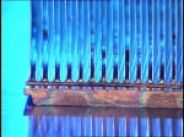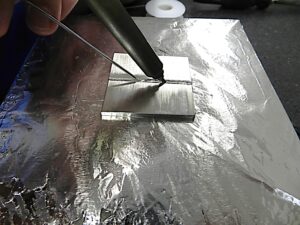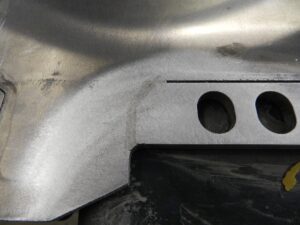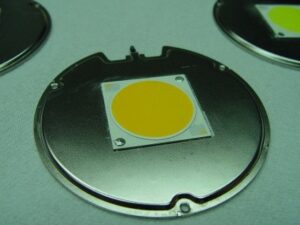sbondadmin
October 30, 2013
A recent market research report estimates that the solid-state lighting market that produces light-emitting diodes (LEDs) will reach roughly $57 billion by 2018 as a result of consistent double digit growth. While the industry has made significant inroads in the commercial sector, further developments in design using disparate materials joining will be necessary to make an impact in the residential lighting field.
By January 1, 2014, nearly every incandescent light bulb will be off the market due to federal regulations. The current standard is compact fluorescent bulbs, but LED light bulbs are also making inroads. Currently, companies like Cree and Philips subsidiary offer luminaires that look like light bulbs, but the cost savings require homeowners to have them installed for years. The goal to reduce costs will rely in part on Haitz’s Law but moreover on improved product designs with the use of lead-free solder.
Haitz’s Law is a formula estimating that the cost per lumen, or light output will be one-tenth of what it was a decade earlier, while output will jump a similar amount. However, the designs of standard and organic LEDs (OLEDs) require large heat sinks in order to dissipate heat at the junction where light is created.
New solder materials and developments in the technology will likely reduce these requirements, but this must be done relatively quickly in order to meet the Markets target of 25 percent compounded annual growth for OLEDs. Competition is already fierce for applications like TVs, commercial lighting for storage facilities and parking lots as well as backlighting applications.
The last market that will be up for grabs for is both low-cost lighting assistance for screens as well as light bulb replacement options as the cost approaches that of compact fluorescent bulbs and families are unable to buy incandescent bulbs. Innovations are likely to come both from efforts to lower costs of industrial applications as well as work on shrinking backlighting for consumer electronics.
For more information on the Markets for Markets research, visit http://www.marketsandmarkets.com/Market-Reports/solid-state-lighting-market-1234.html
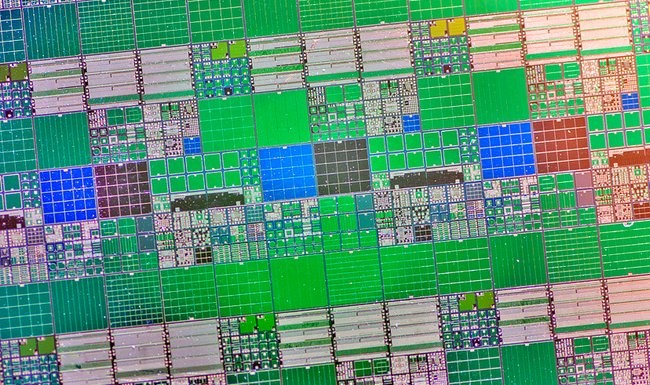 Chip-on-wafer technology could pave the way for higher-performance, slimmer and more cost-effective electronic devices.
Chip-on-wafer technology could pave the way for higher-performance, slimmer and more cost-effective electronic devices.
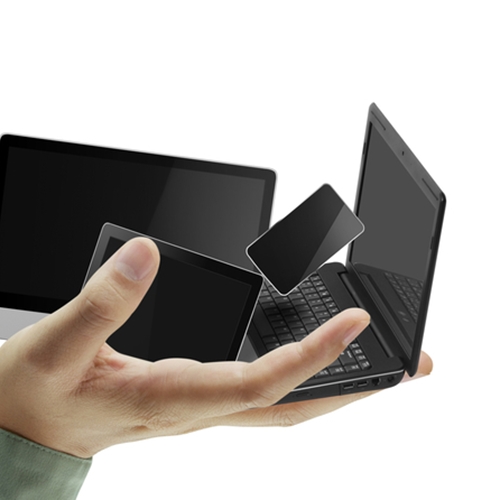
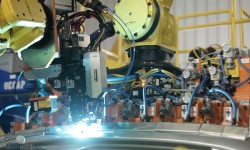 In manufacturing engineering, the search for the “best way” to fasten components into subassemblies is a major part of the job. There are lots of options, spot welding has been the method of choice for decades.
In manufacturing engineering, the search for the “best way” to fasten components into subassemblies is a major part of the job. There are lots of options, spot welding has been the method of choice for decades. Your automobile exhaust system, the plastic cup holding your favorite drink, along with many, many other products, rely upon chemical reactions driven by catalysts supported on aluminum oxides. Characterizing these aluminum oxides or alumina has been challenging. Now, scientists at Pacific Northwest National Laboratory (PNNL) and FEI Company obtained an atomically resolved view of the alumina form known as delta alumina. Using experiments and computational approaches, the team showed that the oxide is made up of two crystal forms or variants woven together.
Your automobile exhaust system, the plastic cup holding your favorite drink, along with many, many other products, rely upon chemical reactions driven by catalysts supported on aluminum oxides. Characterizing these aluminum oxides or alumina has been challenging. Now, scientists at Pacific Northwest National Laboratory (PNNL) and FEI Company obtained an atomically resolved view of the alumina form known as delta alumina. Using experiments and computational approaches, the team showed that the oxide is made up of two crystal forms or variants woven together.

